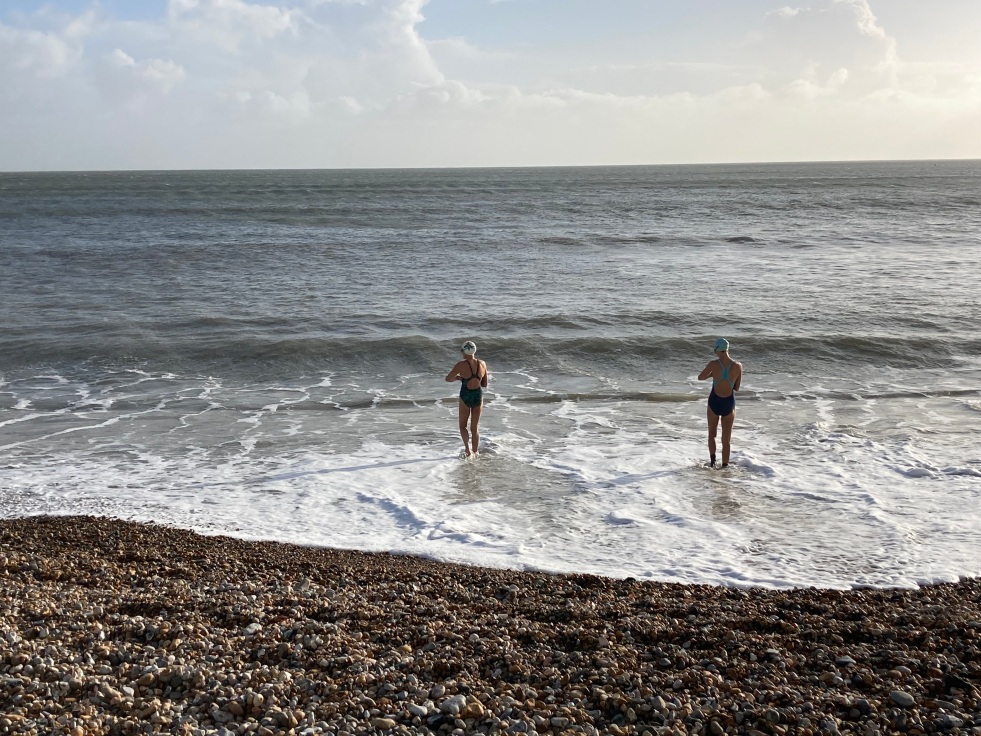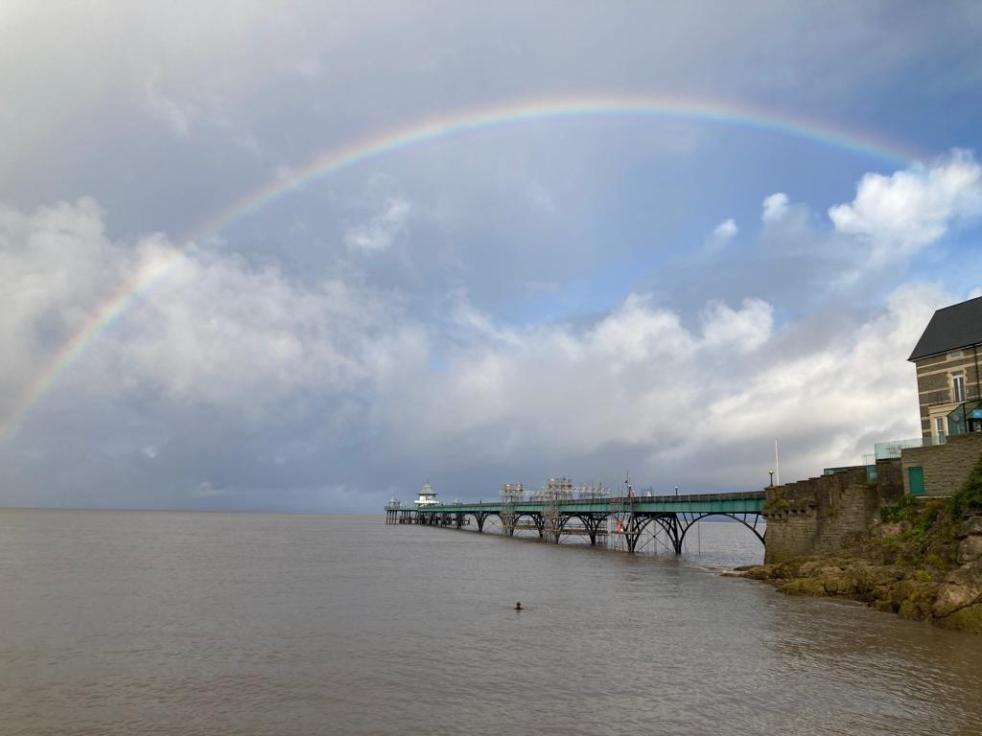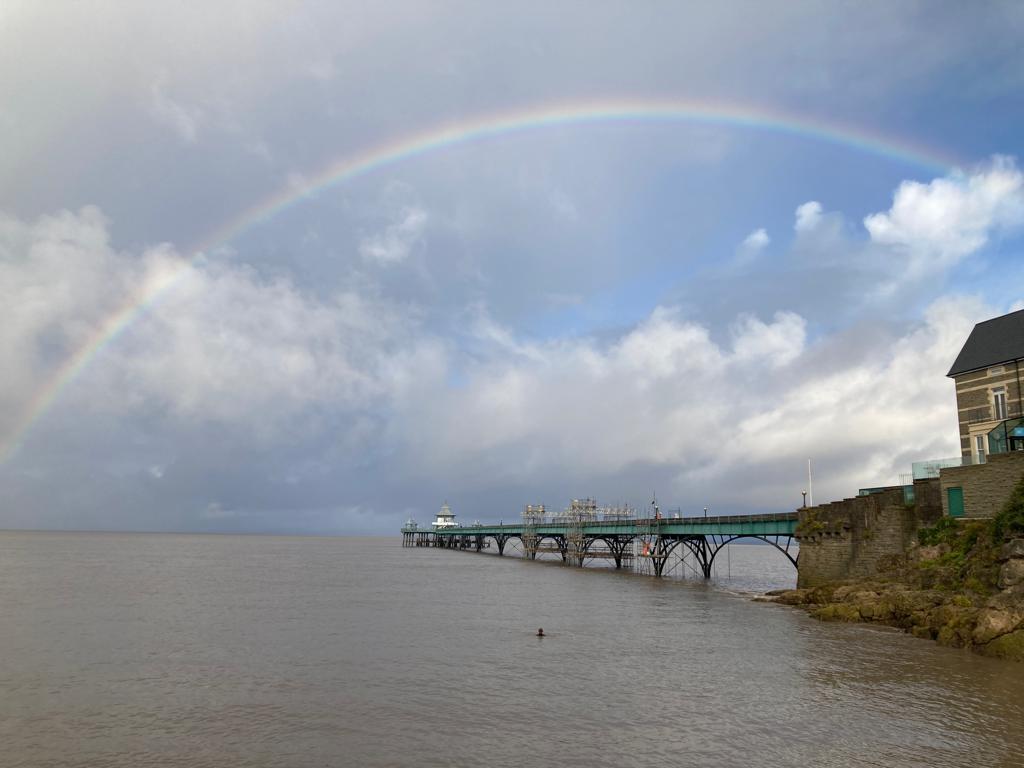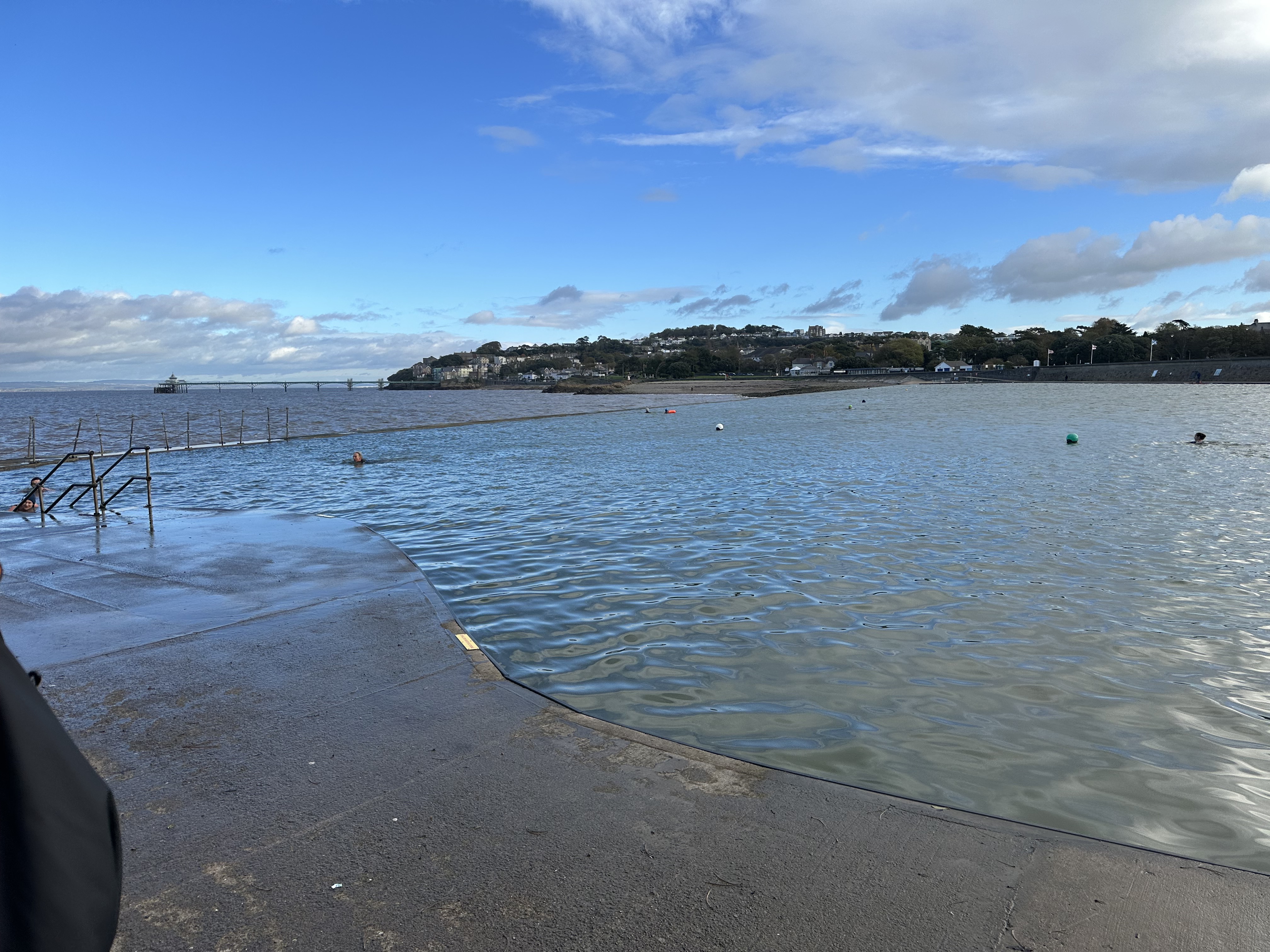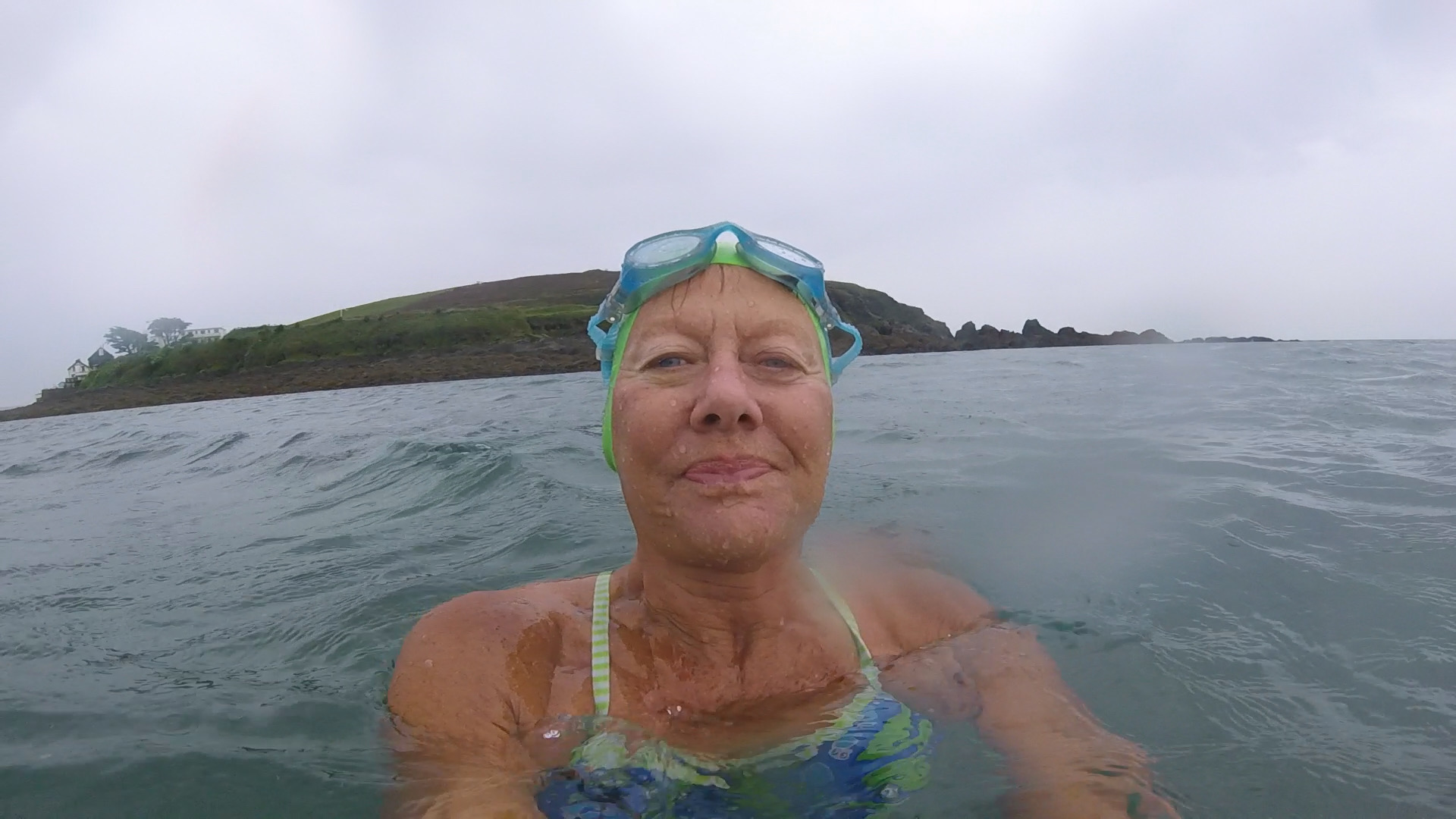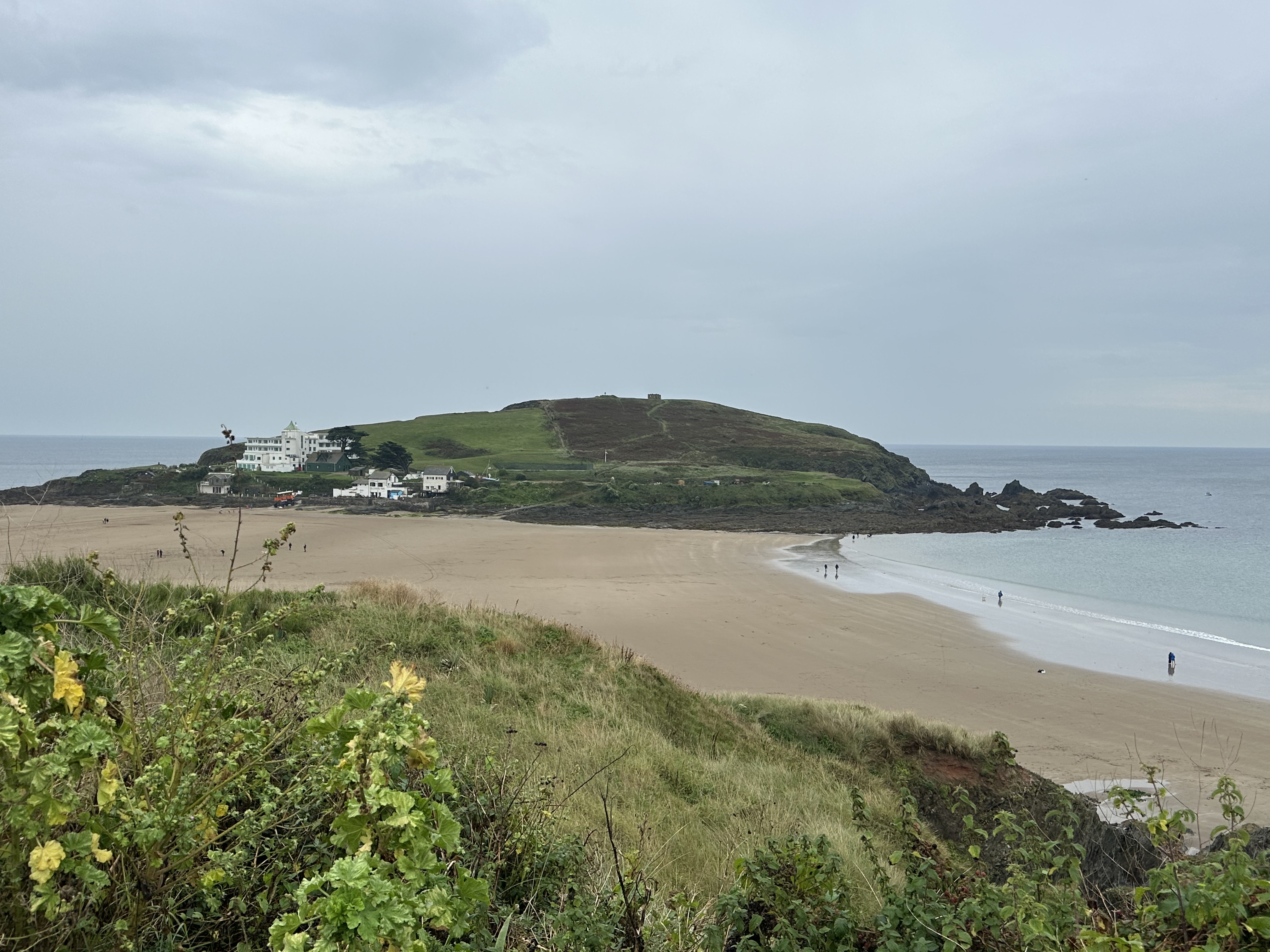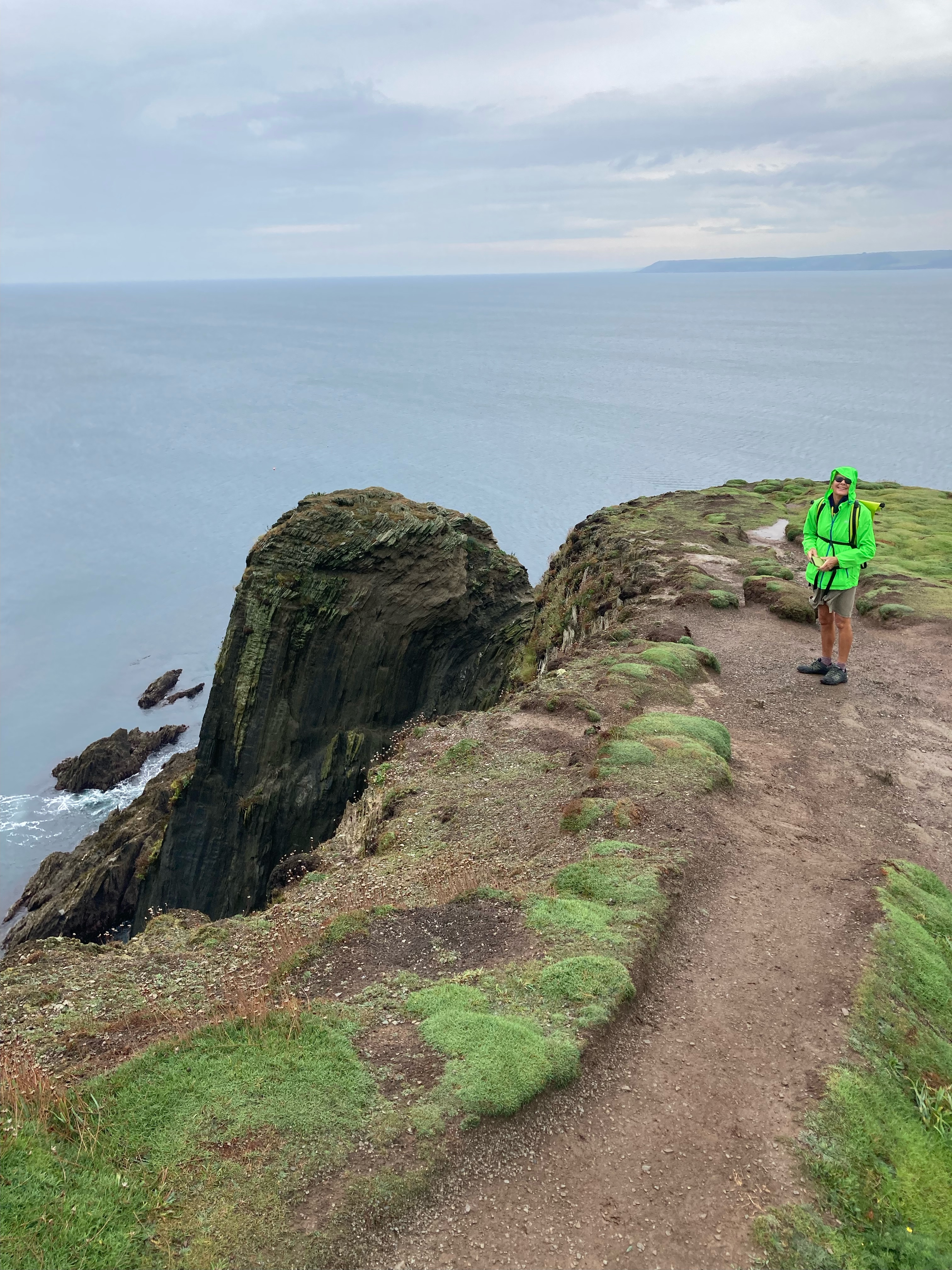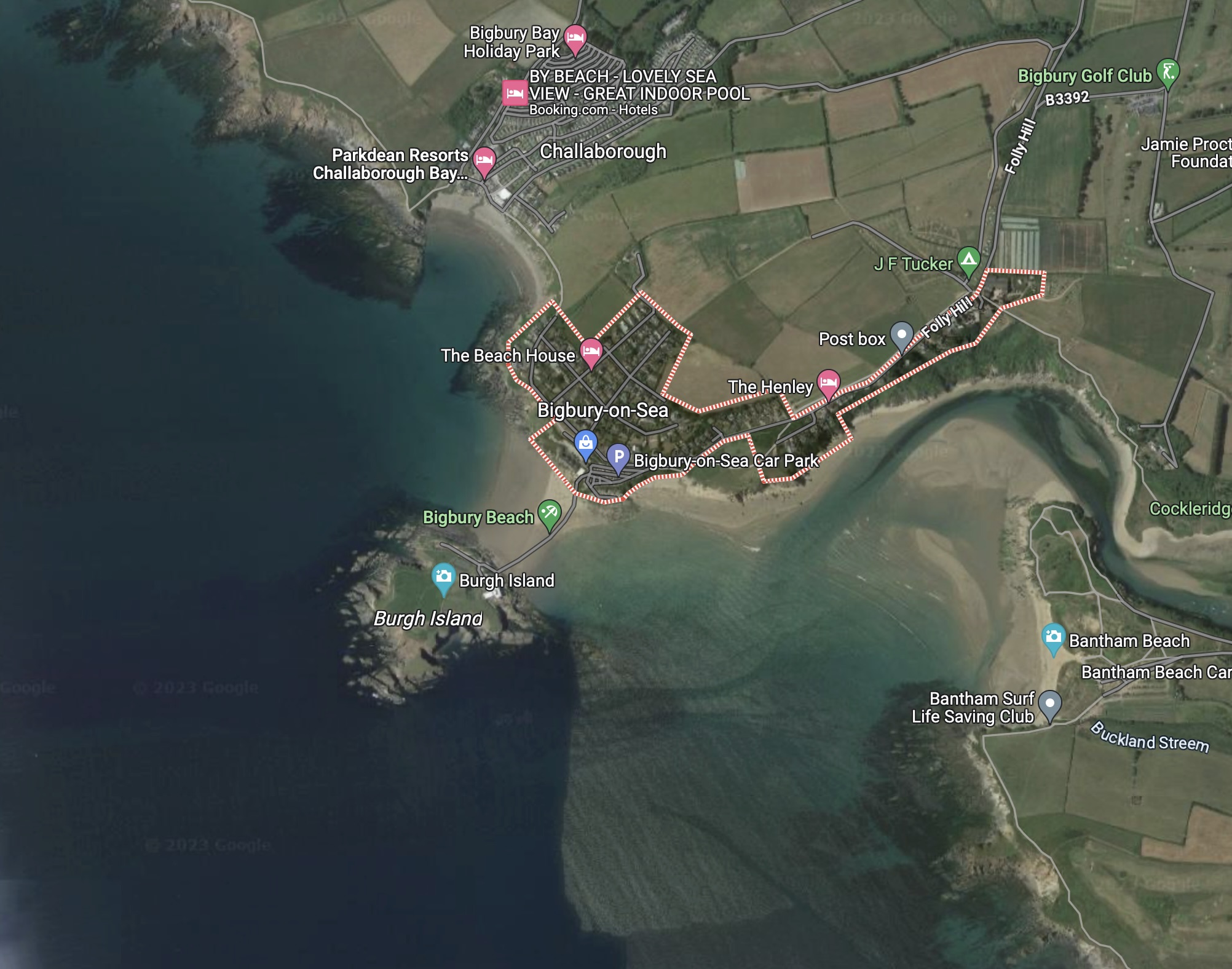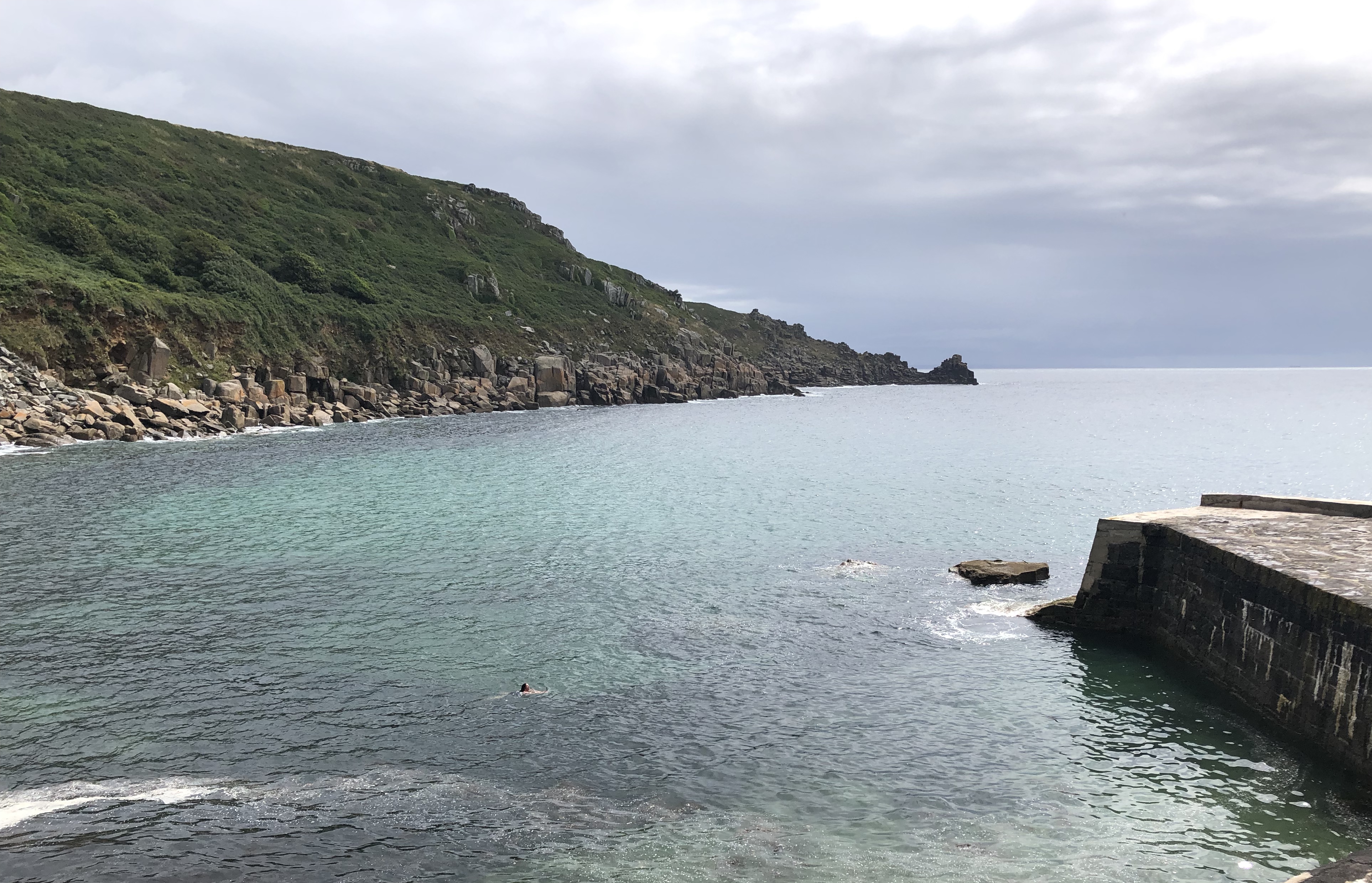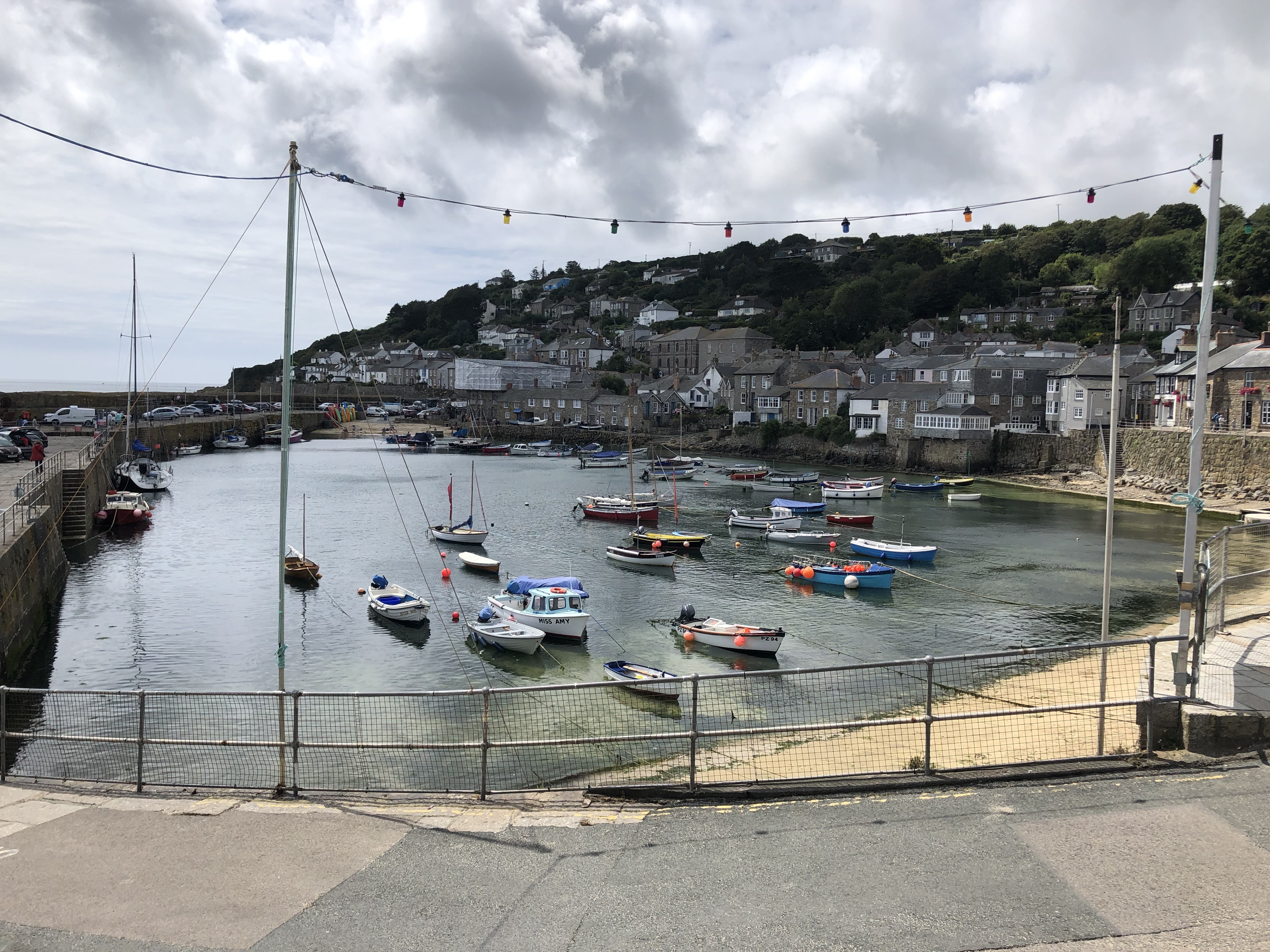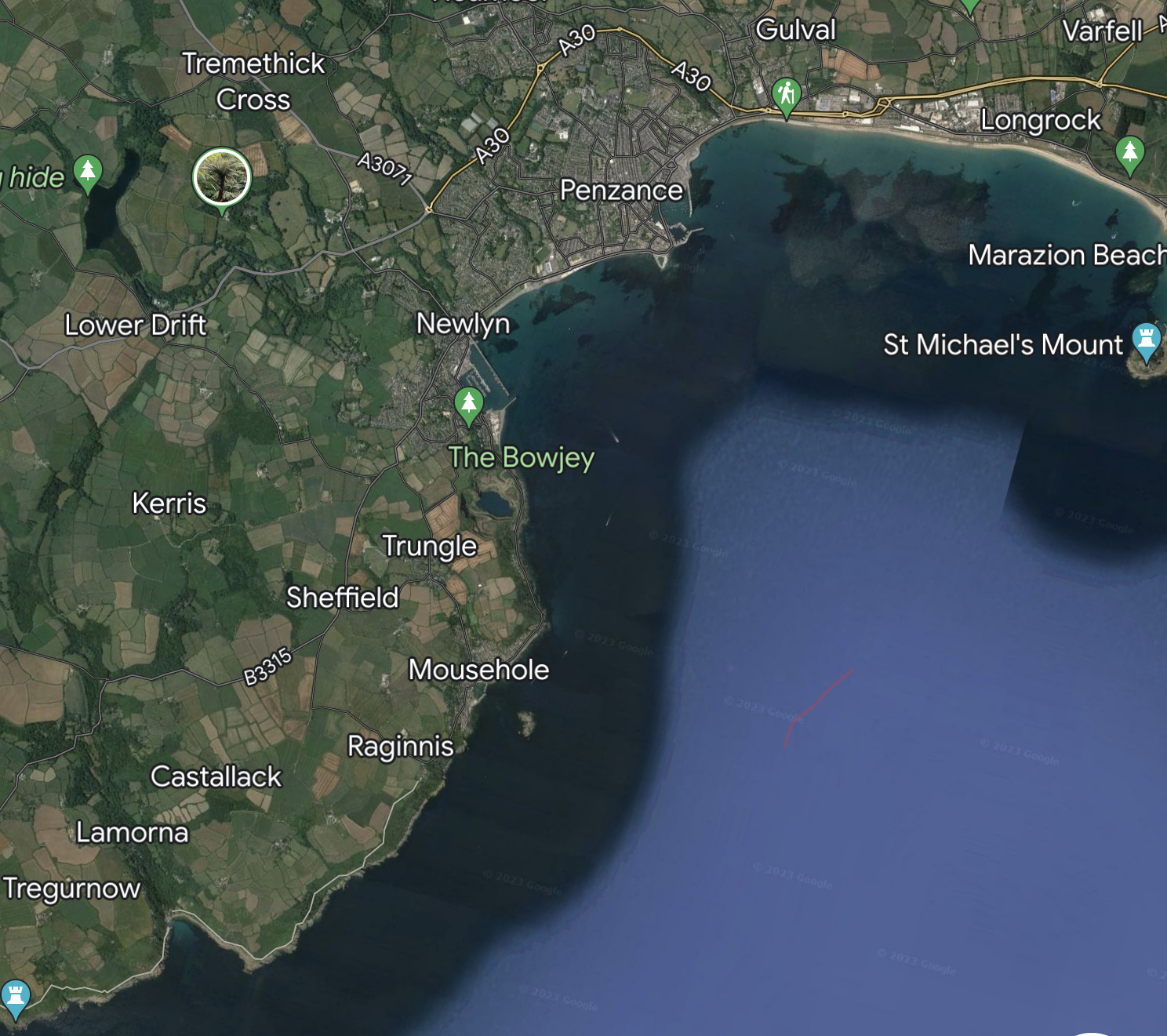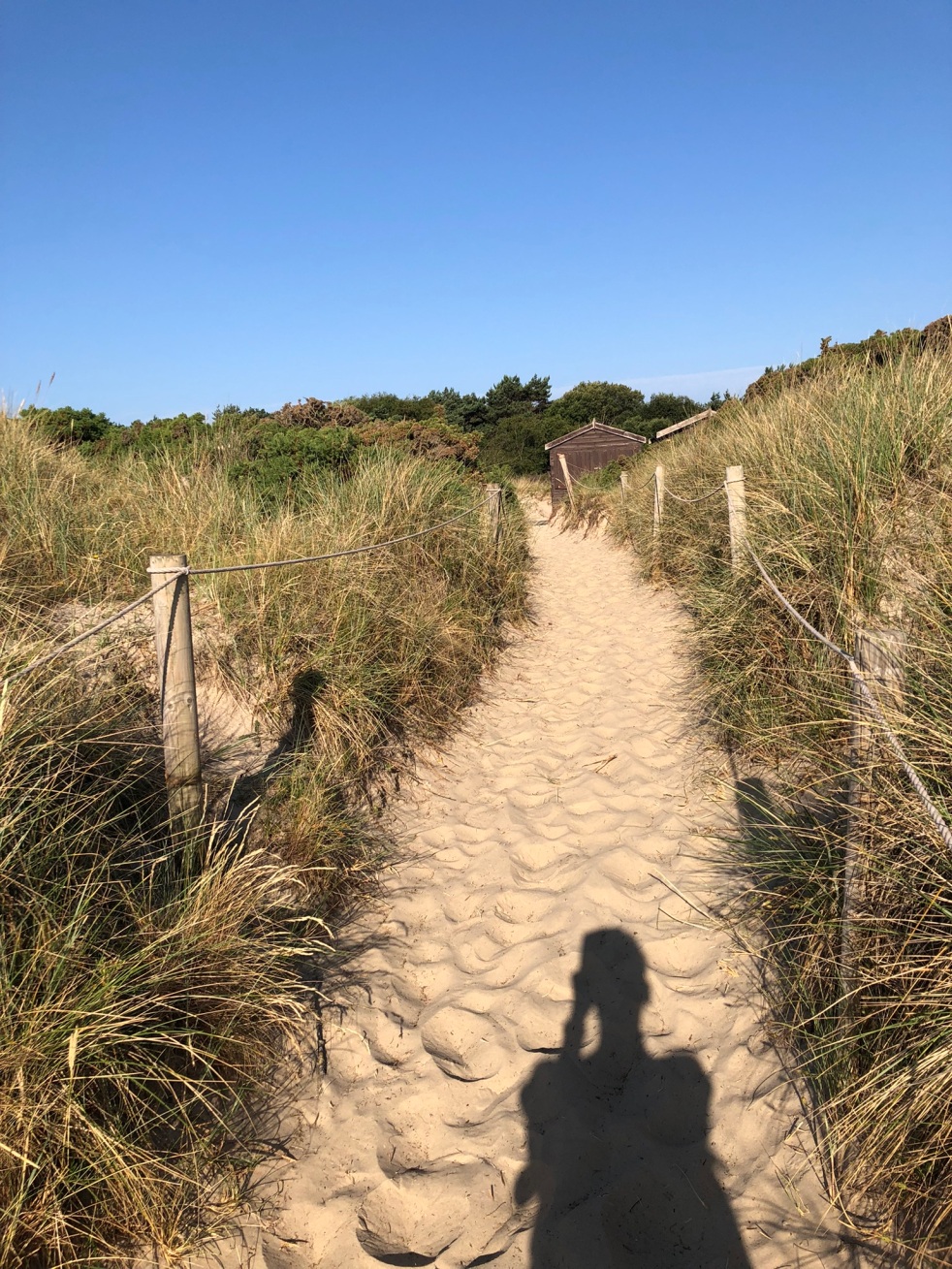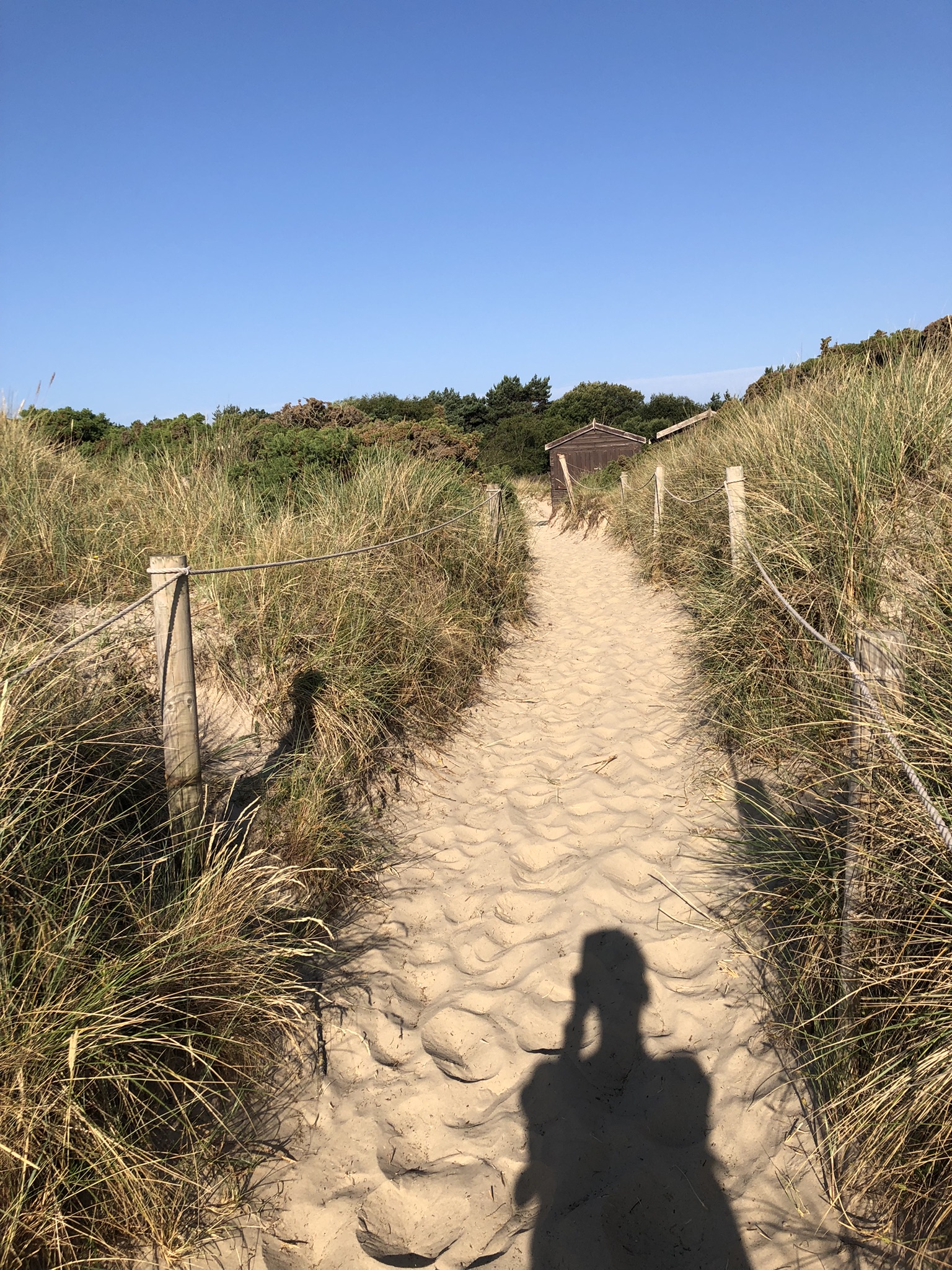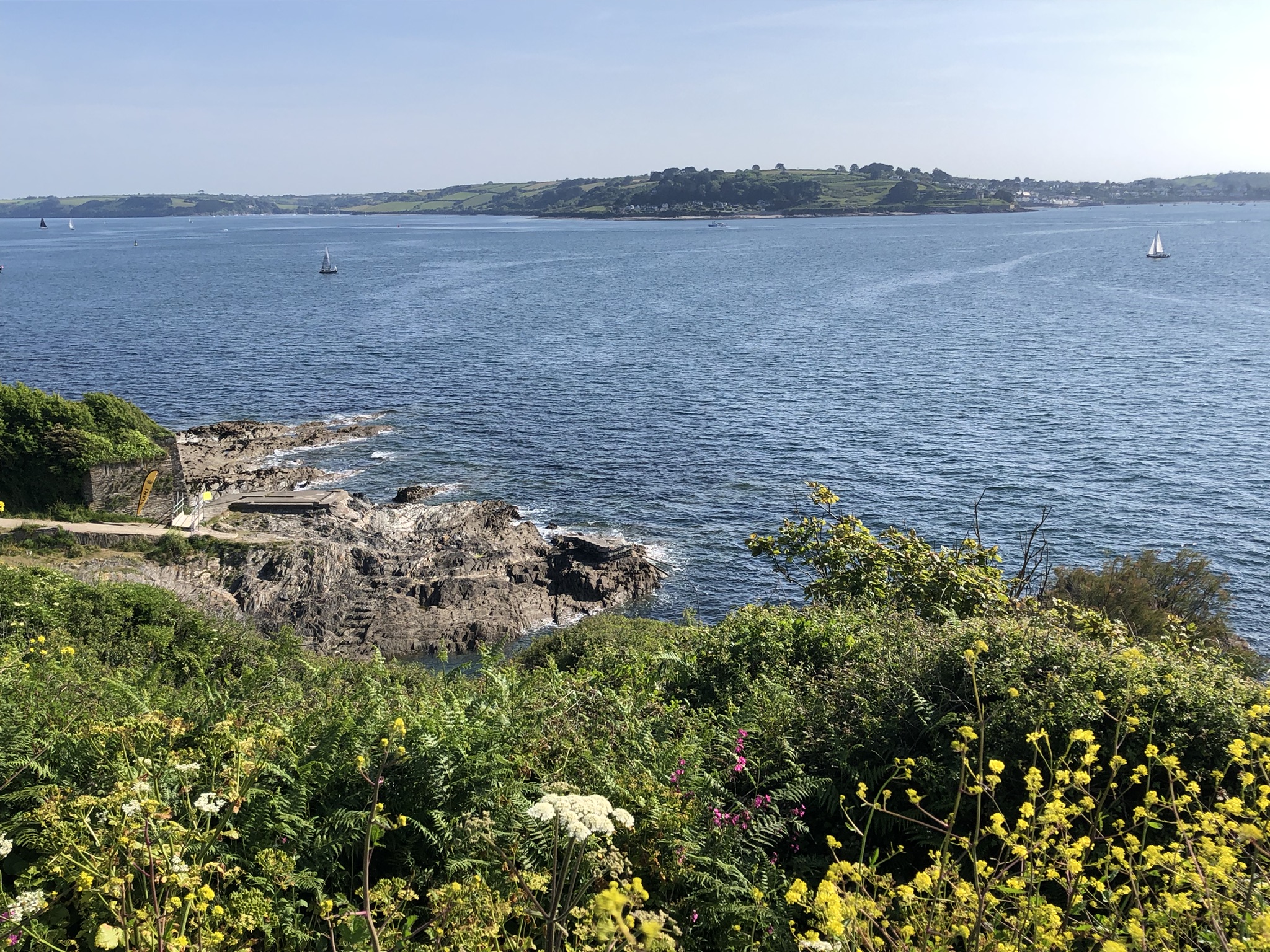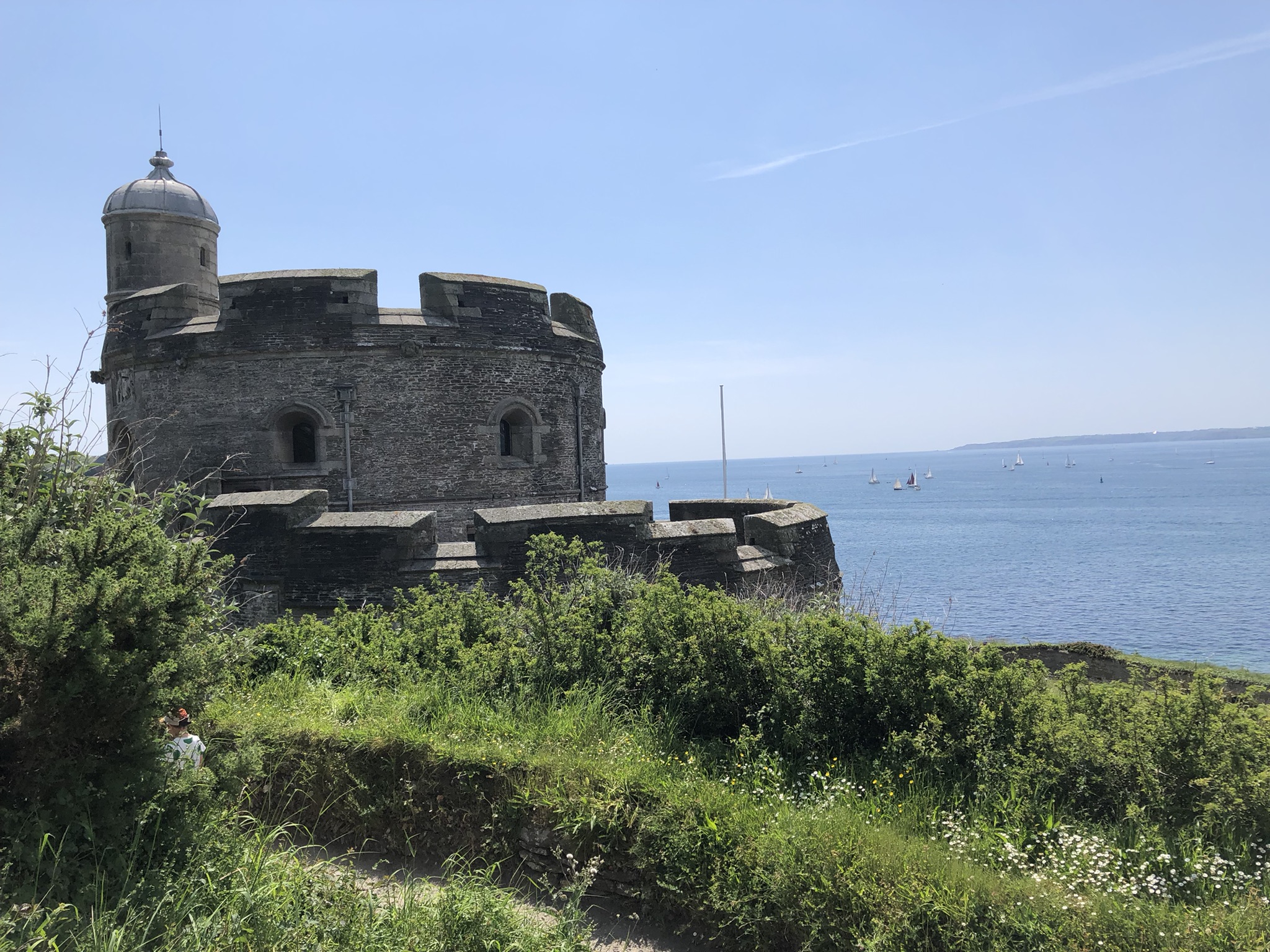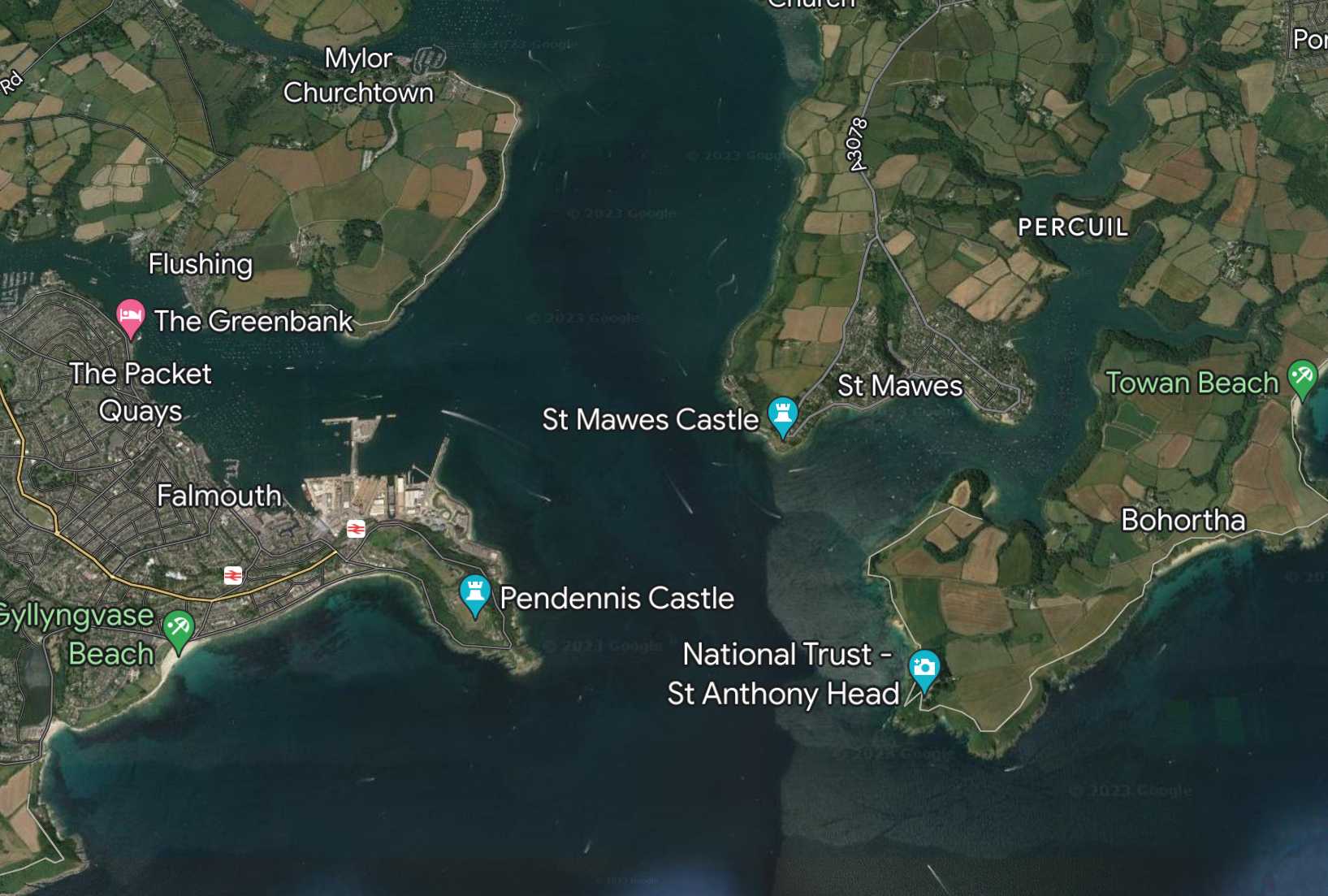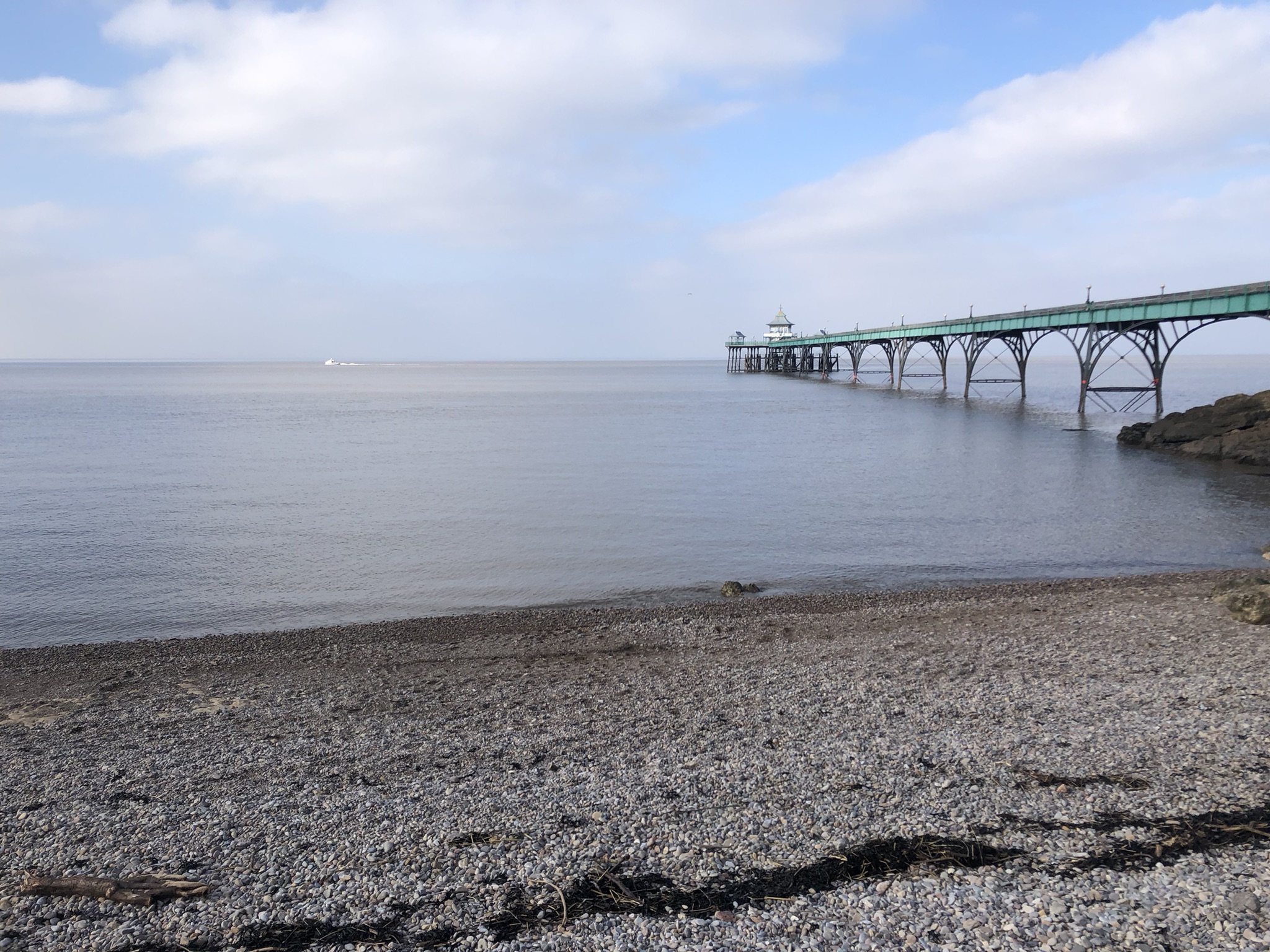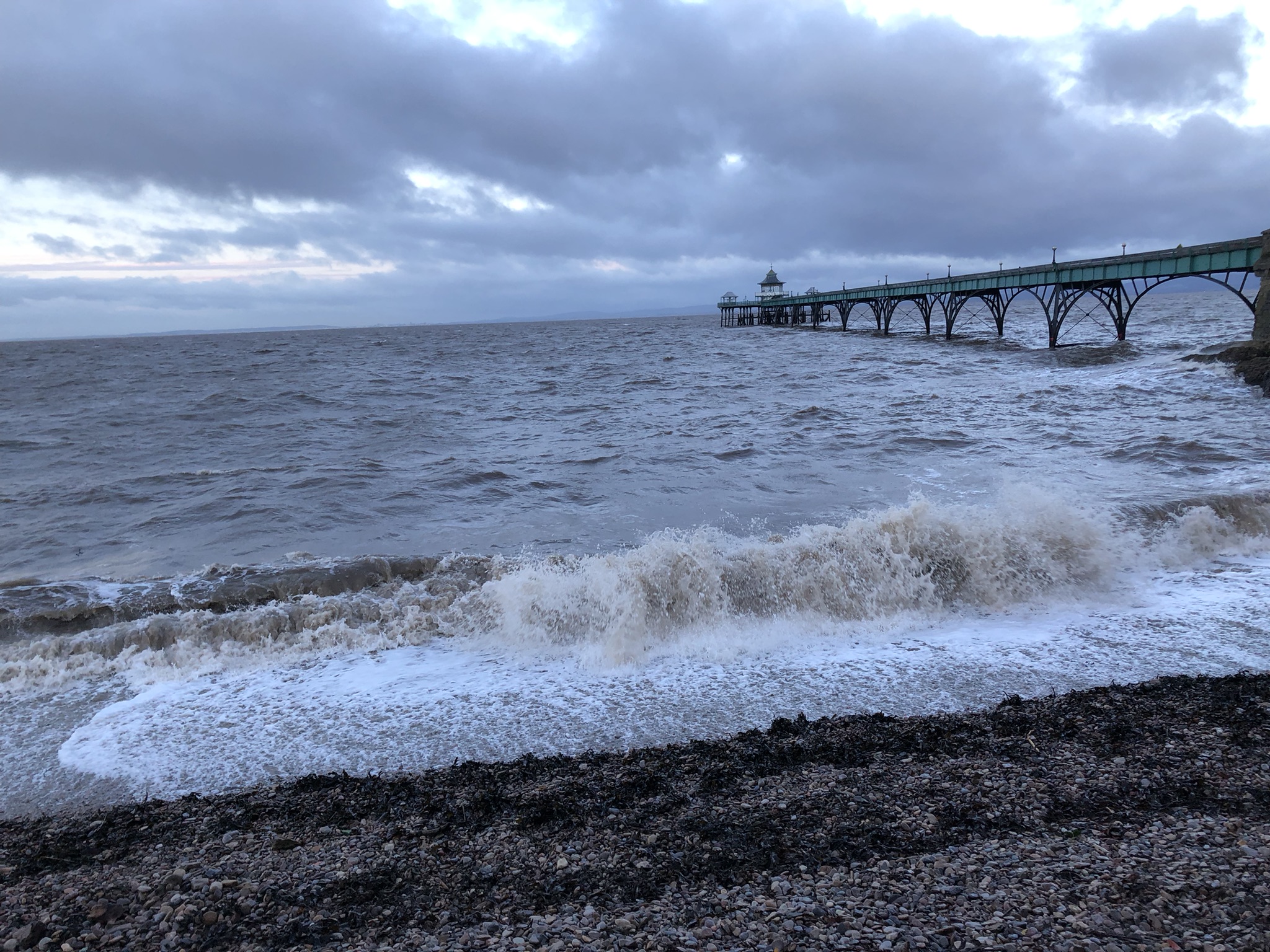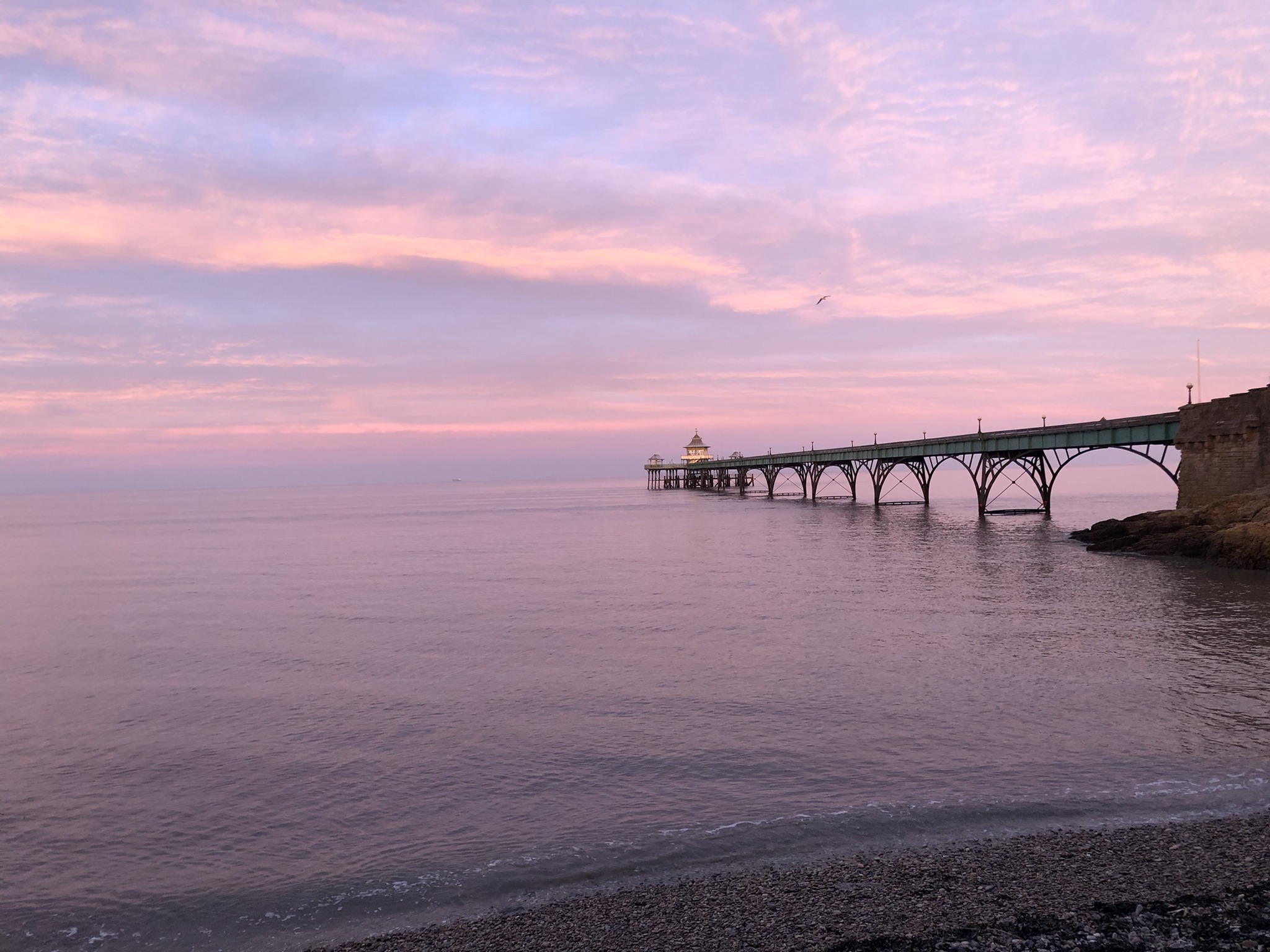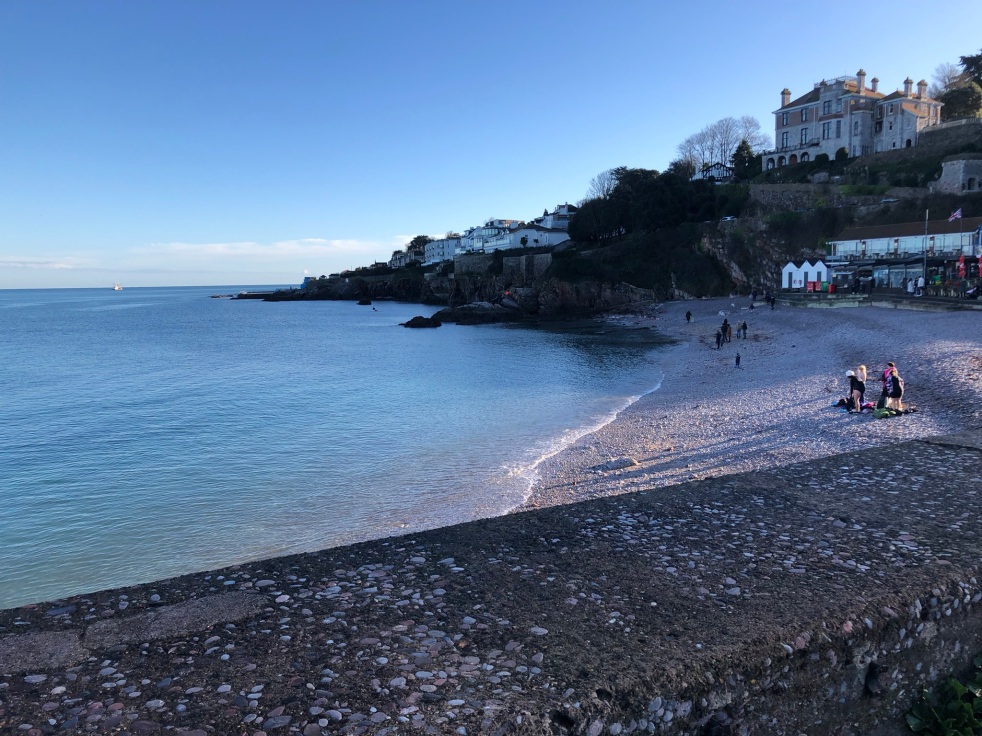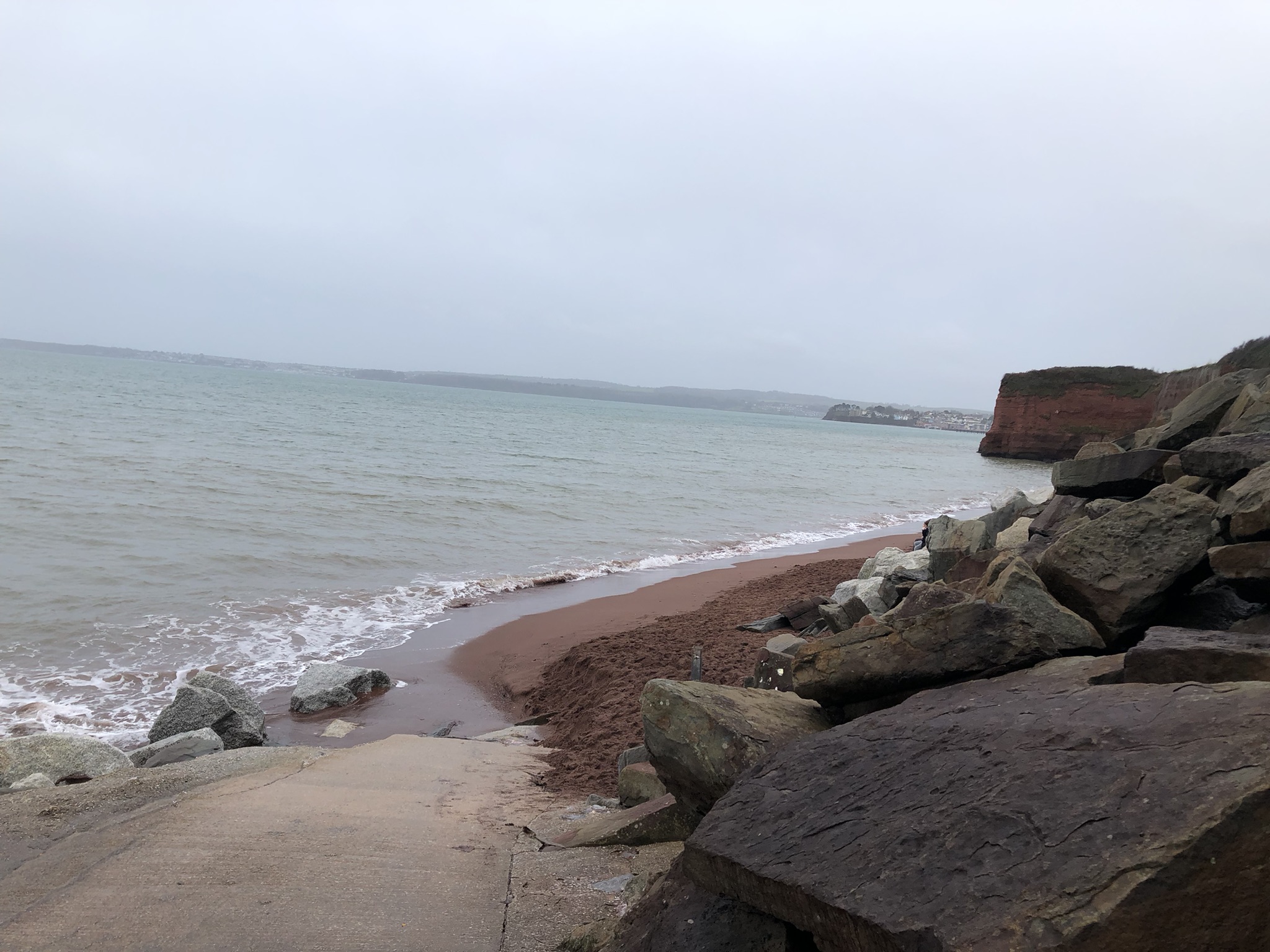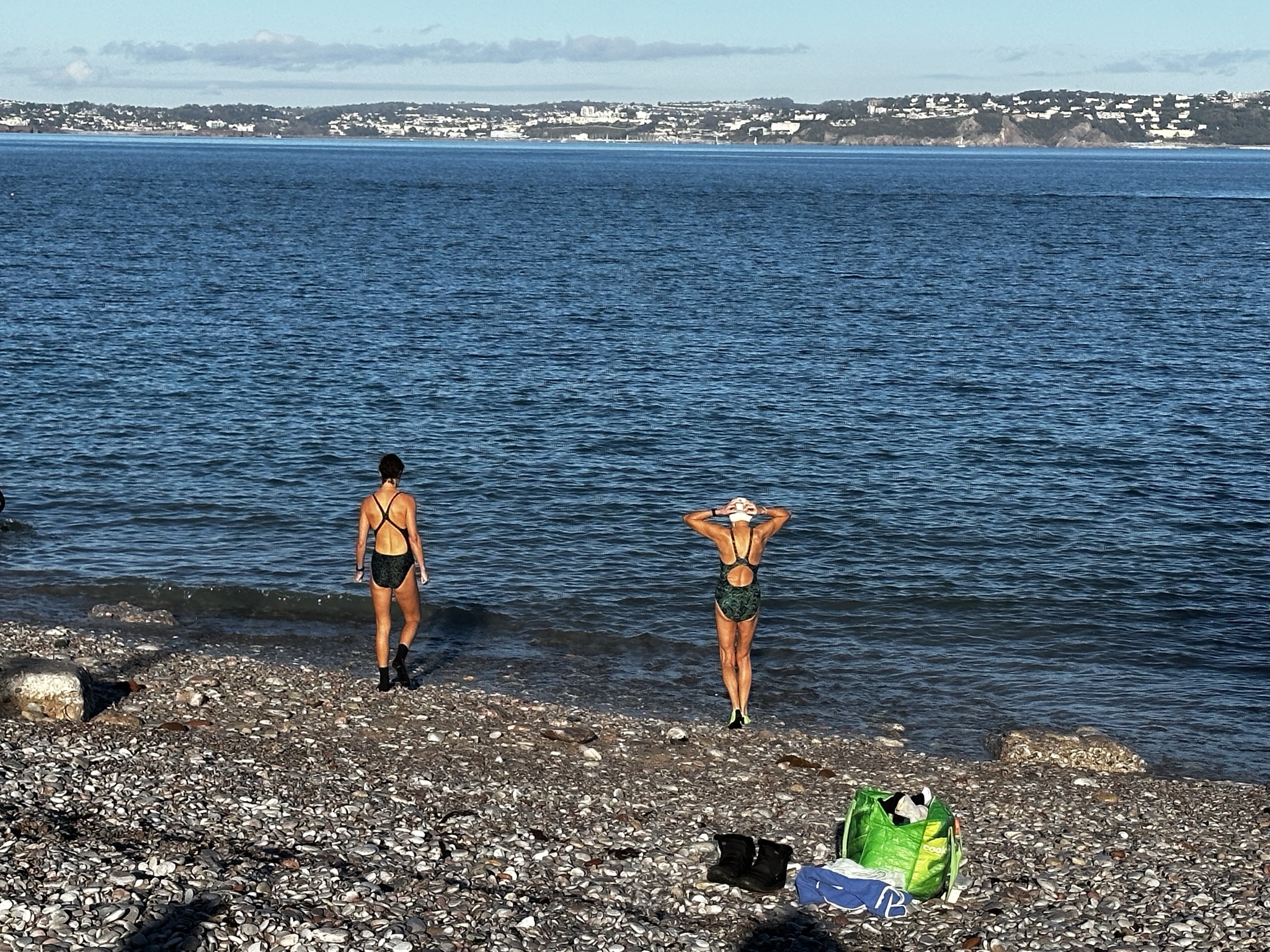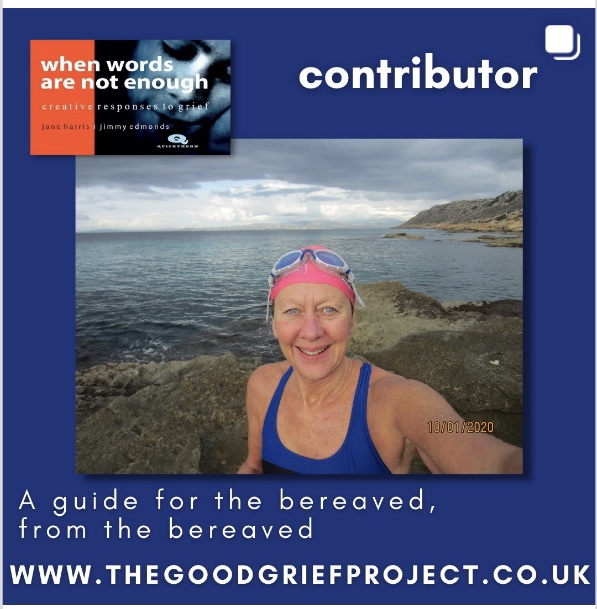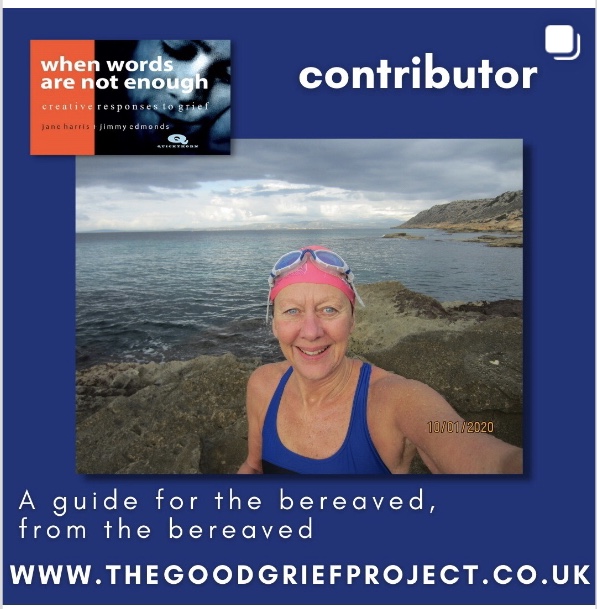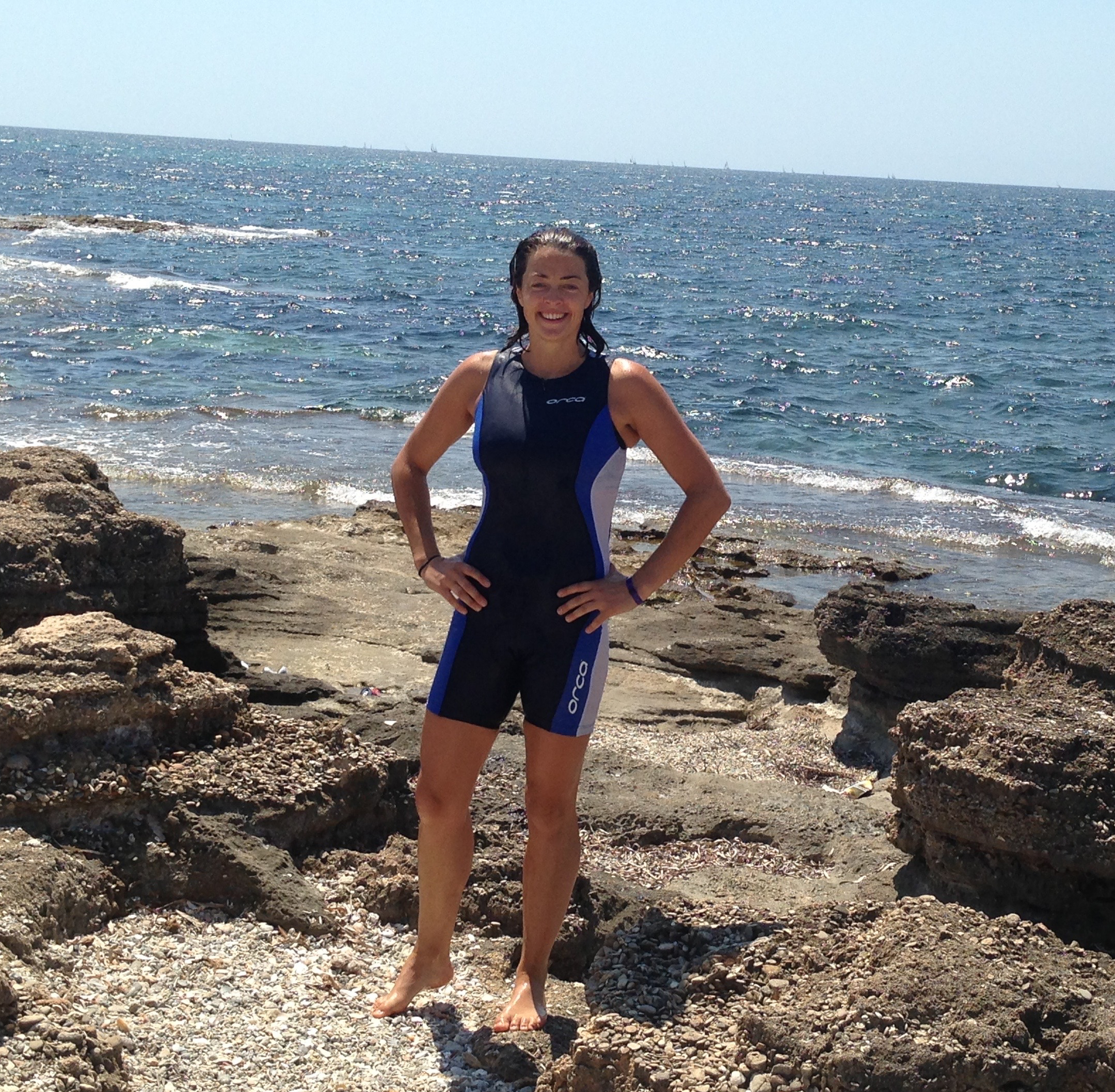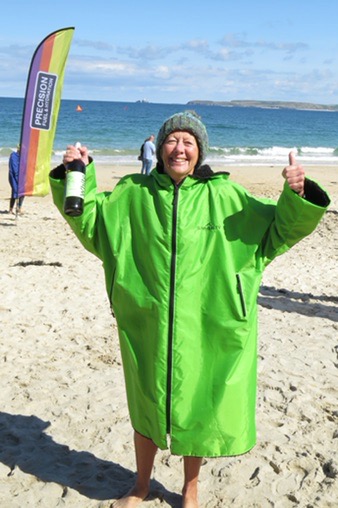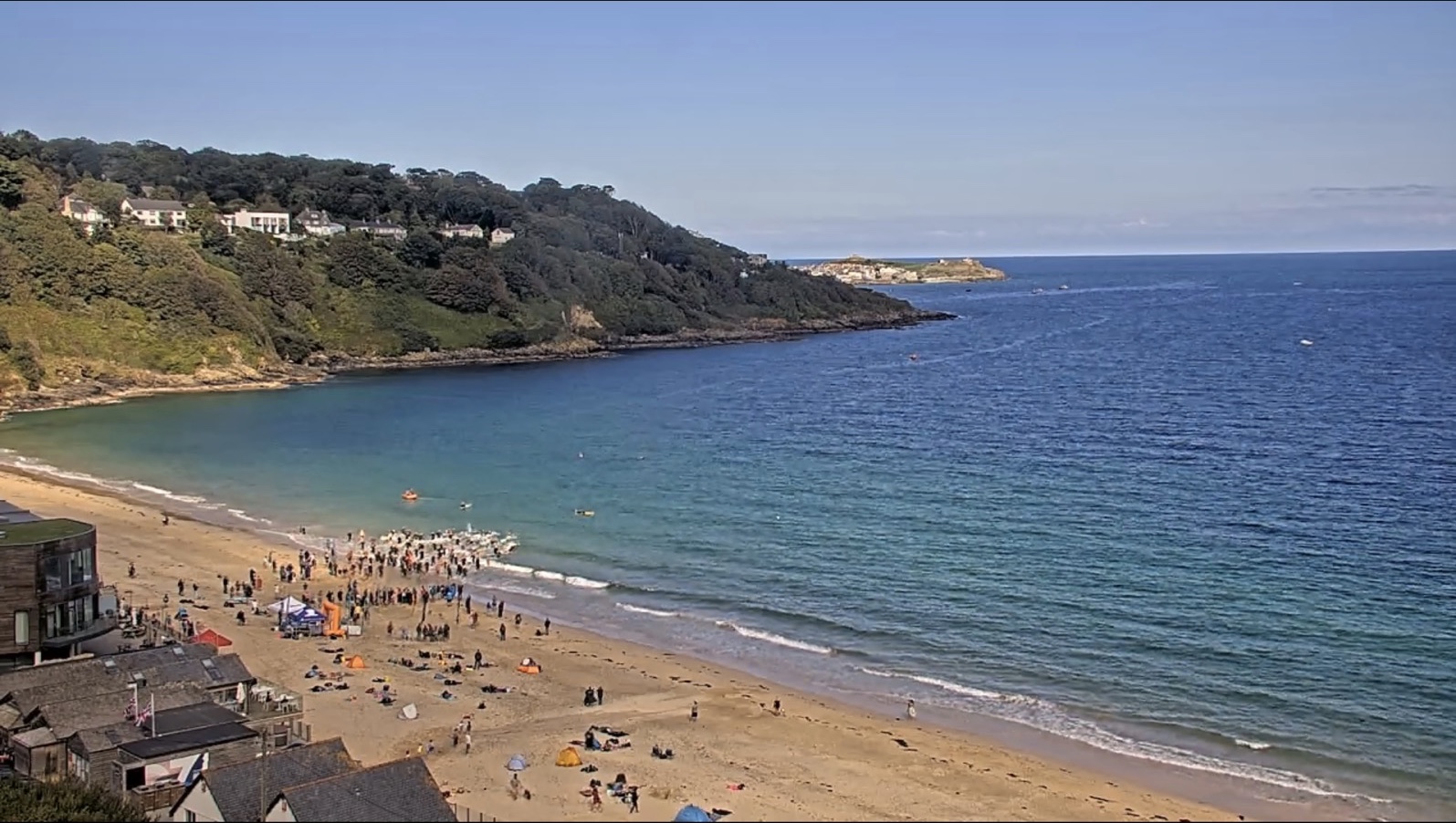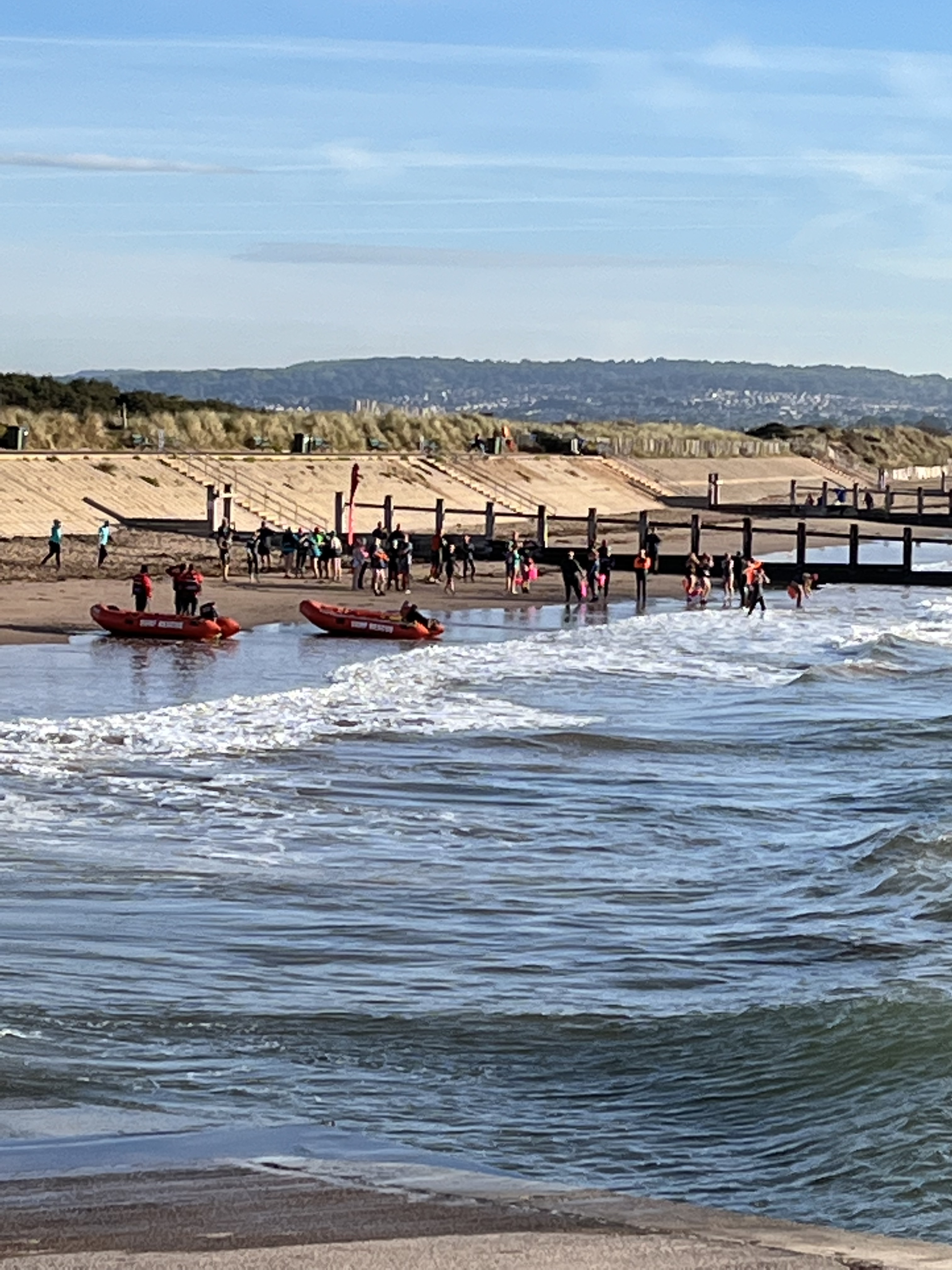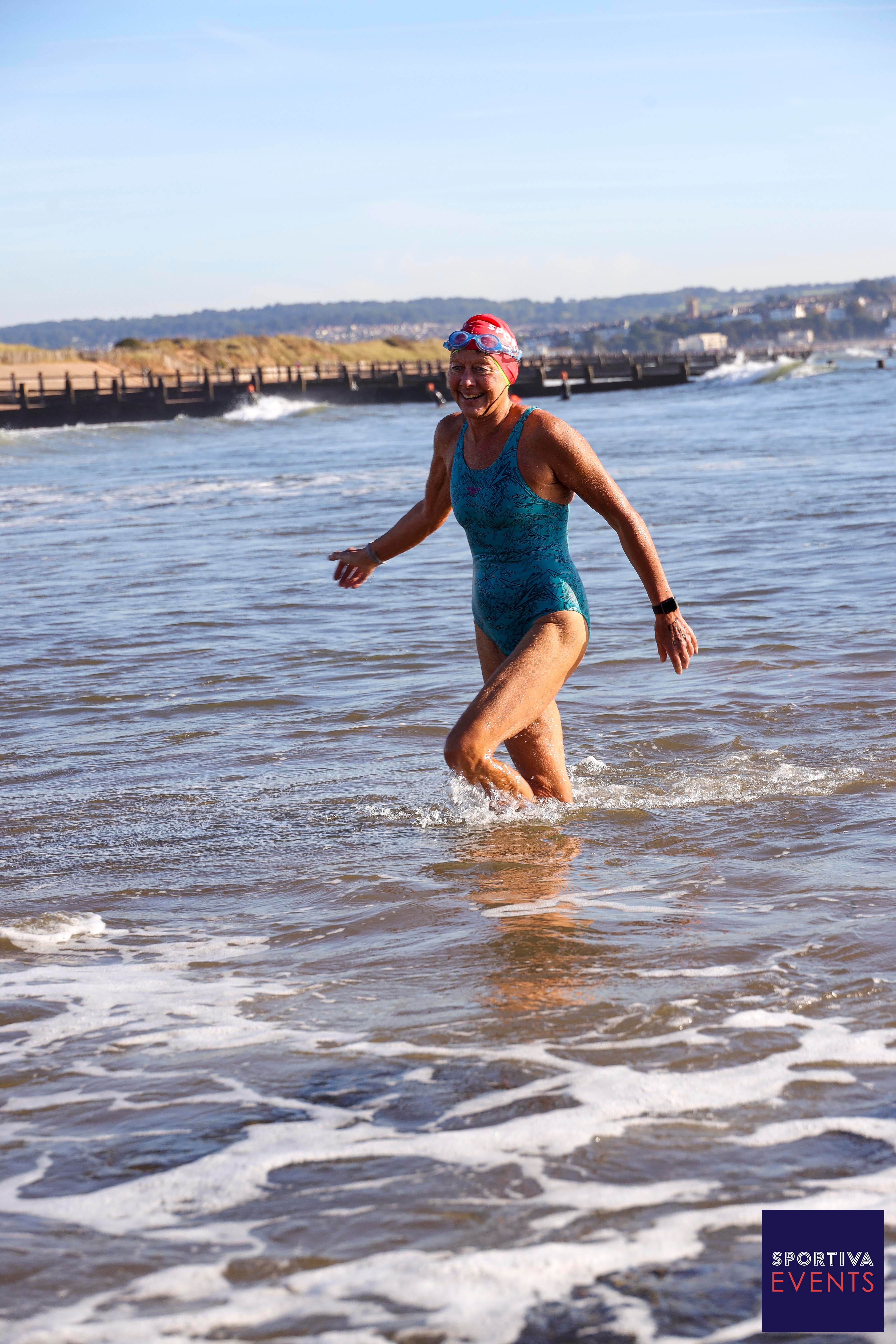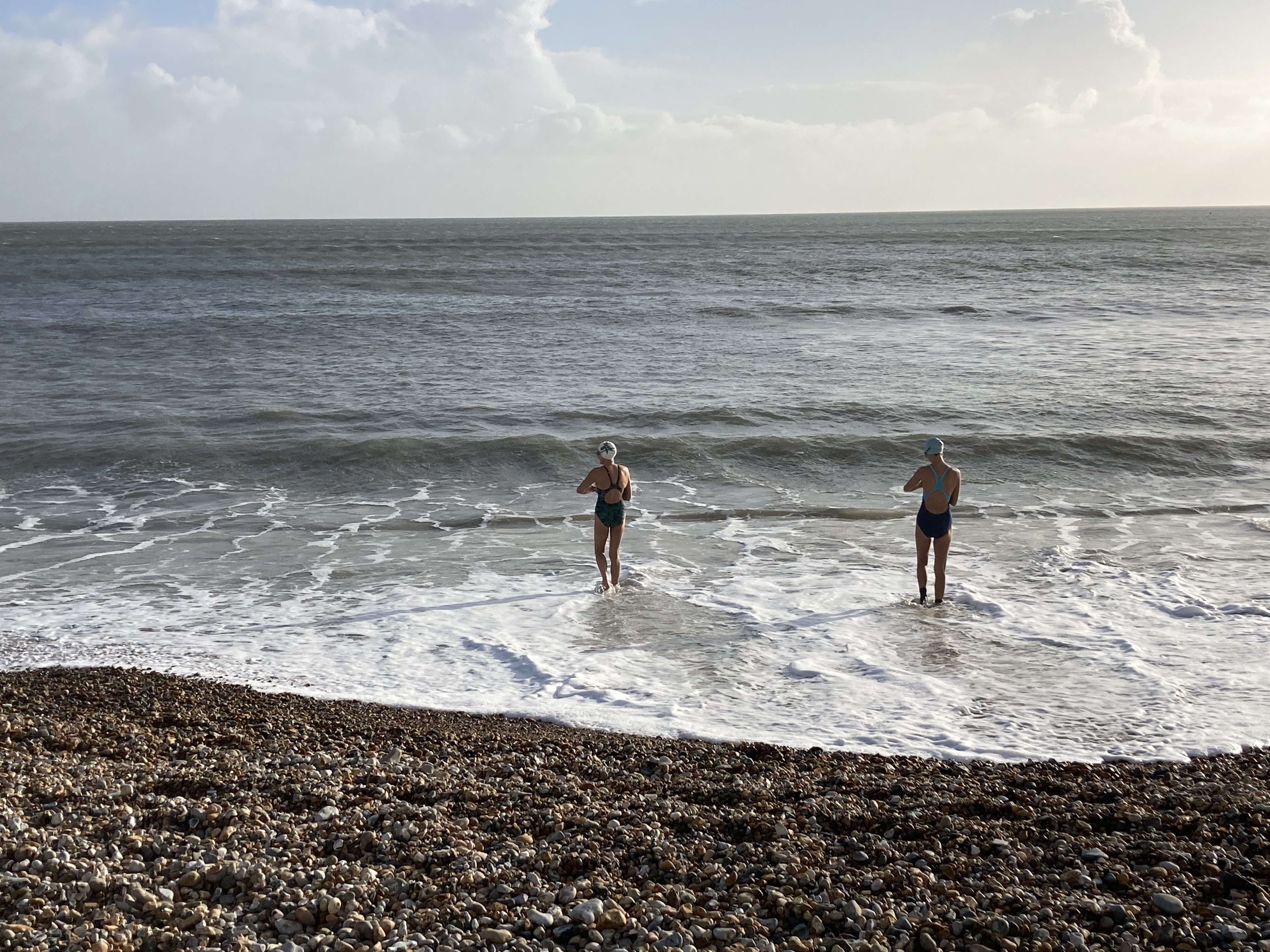
There’s a break in the rain
I’m gonna go outside
Stand in the sunshine for a while …
And may my love travel with you everywhere (Petty, T. 2020)
In South West England, where I live, The Christmas and New Year holiday week was notable for the relentless wind and the rain – and I believe this was the same for much of the rest of the country. Fields and homes were flooded, trees were uprooted and the sea battered away at the coast. We thought it would never stop raining.
And for much of the time it didn’t. But, when it did … oh what joy! We could get outside. We could go for a walk. We could go for a swim. Those little dry interludes were to be treasured. – And I’m happy to report that over the New Year holiday we found, not just one, but two breaks from the rain! It was a surprise, and not what the weather people had forecast, but we grabbed it gratefully and went outside … and of course we went swimming!
The boats, the sands, the esplanade,
The laughing crowd;
Light-hearted, loud
Greetings from some not ill-endowed; (Thomas Hardy, 1869)
Weymouth and Sea Bathing
It has become a family tradition, in recent years, for us to all go away together for the New Year holiday. We enjoy family time, exploring and learning about new places, getting outdoors and ‘blowing away the cobwebs’ of the ‘old year’ and remembering those who we love and who are important to us. Our destinations of choice are inevitably a ‘seaside’ location in order that we can welcome the New Year with a swim. This year, that destination was Weymouth.
The water of this fine Bay is quite pure, of a beautiful colour, and perfectly clear and transparent. … The Bay is so well sheltered by nature, that for tranquillity it surpasses what I have ever seen. (Dr. J Crane, 1795)
Weymouth was the home town of Dr Crane, author of “Cursory Observations on Sea-Bathing” (1795) about whom I have written elsewhere (Oliver, 2021). Dr Crane was an early advocate of the benefits of sea bathing as a cure for a wide variety of ailments and it was he, who was quick to recommend, in 1789, that his home town of Weymouth would be the best place for King George III to convalesce. King George III suffered from a recurrent, and eventually permanent, mental illness. It has been suggested that he had the blood disease, porphyria, but the cause of his illness remains unknown. His physicians, including Dr Crane, extolled the virtues of sea water to aid his recovery and recuperation from these episodes. The King enjoyed his time, swimming and walking, in Weymouth so much that he went there regularly – and so Weymouth secured its place amongst the most popular seaside resorts of the time – and Sea Bathing, as a treatment was given the Royal stamp of approval.
Weymouth … has been much frequented for its commodious Sea-Bathing, which it furnishes, in a manner superior to any other in the Kingdom…I do not wonder at its being the Resort of many people of the first Distinction. (Feltham, J. 1815)
The King and his family bathed in the sea – at six o’clock – every morning whenever they visited Weymouth. I’m not going to draw any concluding correlation here – but – despite his illness, at the time of his death, aged 81, he was the longest-lived and longest-reigning British monarch, having reigned for 59 years and 96 days; and he remains the longest-lived and longest-reigning male monarch in British history. – just saying!

Here Comes January
And so, yes, we – being people of ‘first distinction’ – also spent New Year’s Eve and New Year’s Day in Weymouth. And on both days we woke up to a break in the rain. Being a sea swimmer in the UK teaches you to be spontaneous, to not procrastinate and to not make plans that can’t be easily changed. The tides and the weather are the ones in charge of your itinerary. You just need to be attentive to what they have in mind for you.
And so we grabbed those happy opportunities and we went swimming. And it felt wonderful, as it always does. The regular Weymouth Bay Sea Swimmers, who swim there every day, were an invaluable source of knowledge and we were grateful to swim with some of them at Greenhill Beach and to welcome the incoming year in the best way possible.
And apart from the swimming, the best thing about January, for me, is to observe the hours of daylight becoming longer. It already feels tangible to me, and so, even though, at the time of writing, the rain has been replaced with freezing weather and the threat of snow, I am endeavouring, each day, to find positive examples of the changing of the season and am trying to notice all the gradual signs of the brighter times ahead.
By January 31st there will be 1 hour and 15 minutes more daylight than on December 31st. That’s something to celebrate and to hold on to. It won’t be dark for ever. It won’t be cold forever. It won’t rain for ever. Sunny days will return. Hold on (and just keep swimming).
Be still, sad heart! and cease repining;
Behind the clouds is the sun still shining; (Longfellow, 1842)
Photo Credit: Beth Oliver
Local Details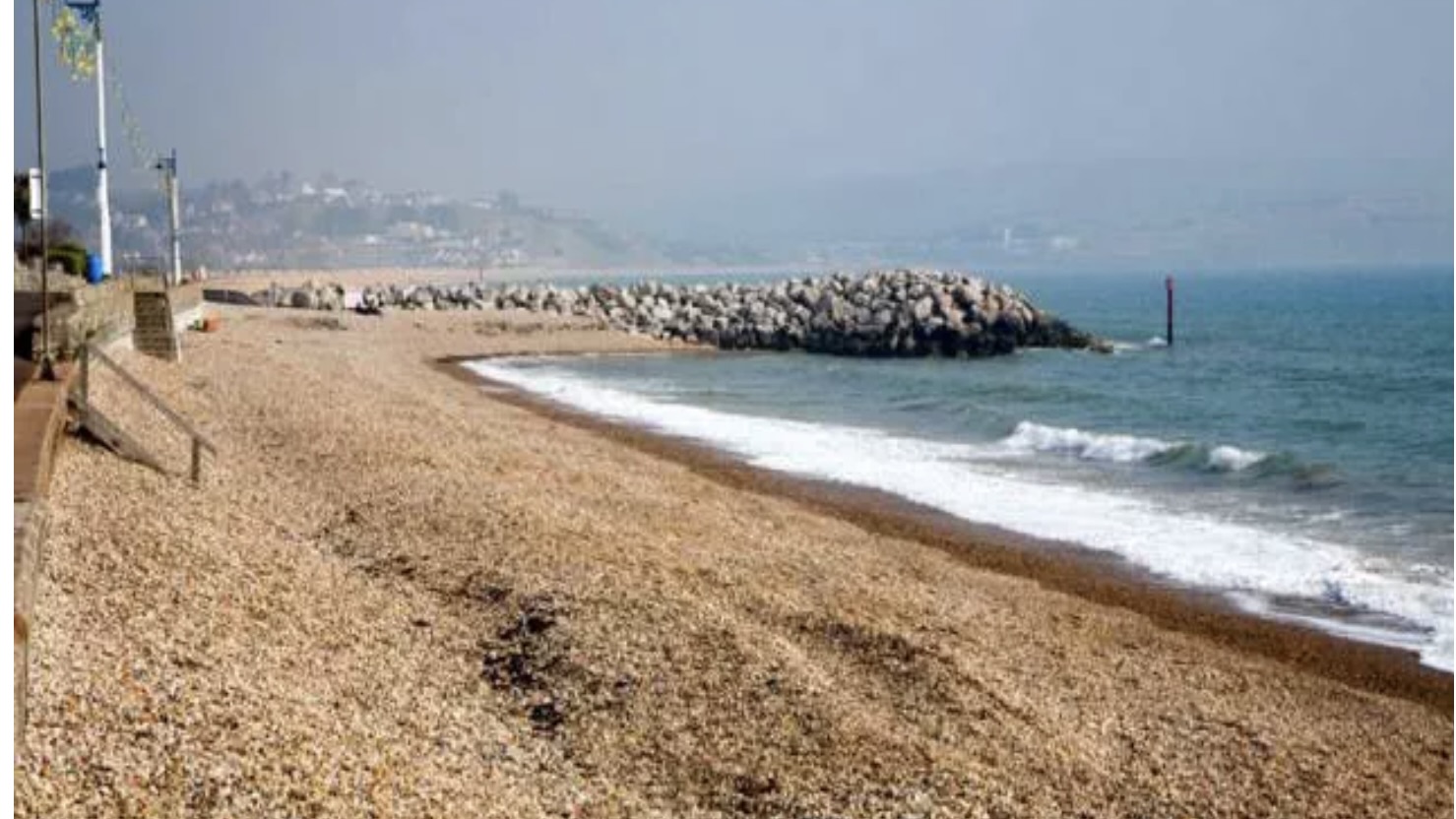
Greenhill Beach, Weymouth
Sea temperature : 10 degrees Celsius
I swam 300 metres
I was in the water for 10 minutes
We warmed up at The Lookout Cafe
References
Crane, Dr. J. (1795) Cursory Observations on Sea Bathing Delamotte’s Library,
Feltham, J. (1815) ‘Guide to all the watering and sea-bathing places, : with a description of the lakes, a sketch of a tour in Wales, and various itineraries, illustrated with maps and views‘, printed for Richard Phillips.
Hardy T. (1869) At A Seaside Town in 1869, from an old note, The Thomas Hardy Society
Longfellow, H. W. (1842) The Rainy Day, in Ballads and Other Poems 1842, Cambridge
Oliver, B. (2021) Cold Water Swimming For Well-Being, in Journal Of Public Mental Health, Volume 20, No. 2, pp. 105-110
Petty, T. (2020) There’s a Break In The Rain (Have Love, Will Travel) on the album Wildflowers And All The Rest, Home Recording.

